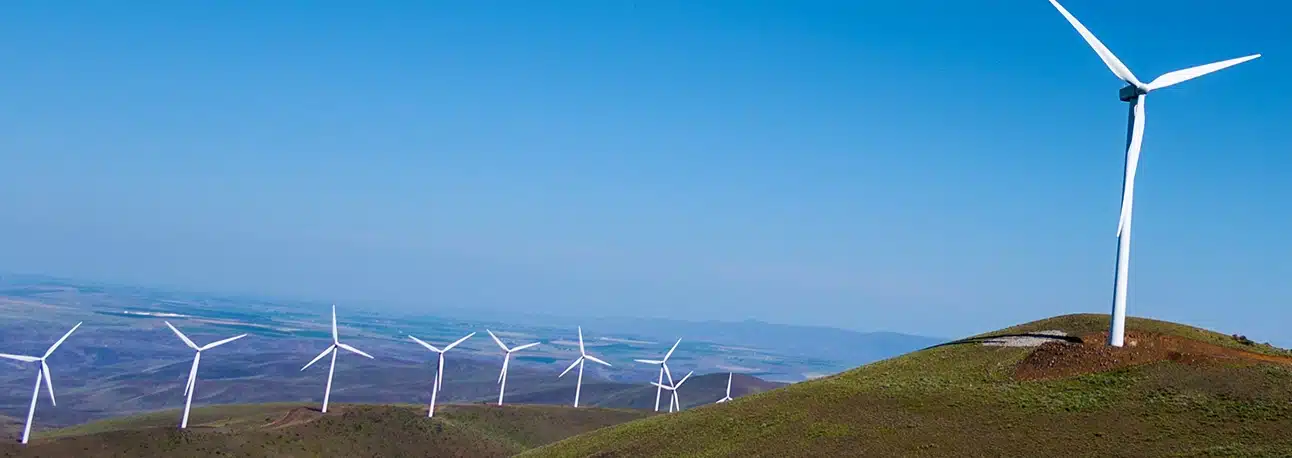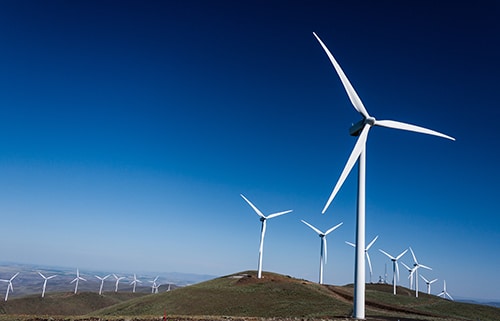By Michael Minchin, Product Manager, IoT, ST Engineering iDirect
April is Climate Awareness Month, and sustainability is a theme that every business, no matter how large or small, is embracing. The challenge of how we can produce green energy is probably one of the biggest challenges we face. Powering our planet without plundering or polluting our environment is top of mind and energy companies are constantly looking at ways they can become more efficient – and they are using Satellite IoT as a tool to empower them.
IoT is already widely used in the energy sector for monitoring pipelines, tanks, wells, pumps, and networks as well as collecting data from smart meters. As utility companies undergo their own digital transformation, driven by the need to monitor, manage, automate, and improve energy supply, satellite has become an important part of the sector’s connectivity portfolio. Many sites are in hard-to-reach areas, out of terrestrial coverage or require resilient back-up options and satellite is critical for the development of smart grid applications to deliver total network integration.
Two major drivers of green energy in Europe and North America have been the recent Inflation Reduction Act (IRA) in the US and the 2023 European Renewable Energy Sources Act, that came into effect on January 1, 2023. In Europe, the legislation will translate into heavy subsidies for EU member countries towards building out green energy sources such as wind farms. In the US, the Act provides funding for wind- and solar farms developments and reduces renewable energy costs for organizations such as Green Power Partners – businesses, nonprofits, educational institutions, as well as state, local, and tribal organizations.
 Green Energy Use Case: Wind Farms
Green Energy Use Case: Wind Farms
Satellite IoT projects are poised to benefit from these initiatives as energy companies use the technology to make them operationally more efficient and increase performance. This is especially true of wind parks. But how can Satellite IoT help?
Wind parks are often located in areas where terrestrial connectivity is either patchy or not available. Often remote, especially when located offshore, wind turbines can be difficult to access. Satellite IoT can enable energy firms to reliably access network availability anywhere so that data can be gathered and aggregated. It also enables the turbines to be remotely controlled to maximize power output and eliminates the need for engineers to be onsite. This reduces manpower requirements, resulting in lower costs. It can also provide a dual and diverse backup route delivering resiliency if existing connectivity fails.
Top IoT Benefits:
- Improve operations: Monitor the health of the turbines. Predict maintenance needs by monitoring temperature and vibration to avoid costly downtime and repairs
- Increase Performance: Remotely control the turbines to maximize power output. Optimize the placement of the turbines to maximize wind capture
- Monitoring: Automate tasks such as meter reading and data analysis. Collect data on energy production, wind and other environmental conditions
- Resiliency: Complements existing terrestrial connectivity by offering a diverse backup route delivering high availability
- Security and Regulatory conformity: Monitor for potential security breaches and ensure correct operation according to local regulations, i.e. when located near air traffic flight paths.

To find out more about Satellite IoT and sustainability, visit our Satellite IoT webpage and explore our videos, whitepapers and products. View a playback of the recent C21 Webinar The IoT Connection: Hyperconverged Hybrid Networks: Space. Stratosphere. Terrestrial and access the presentation slides.

 Green Energy Use Case: Wind Farms
Green Energy Use Case: Wind Farms